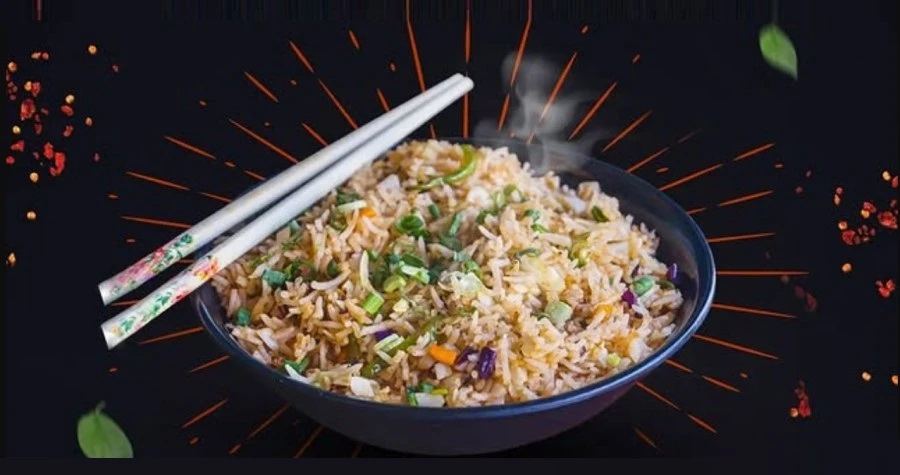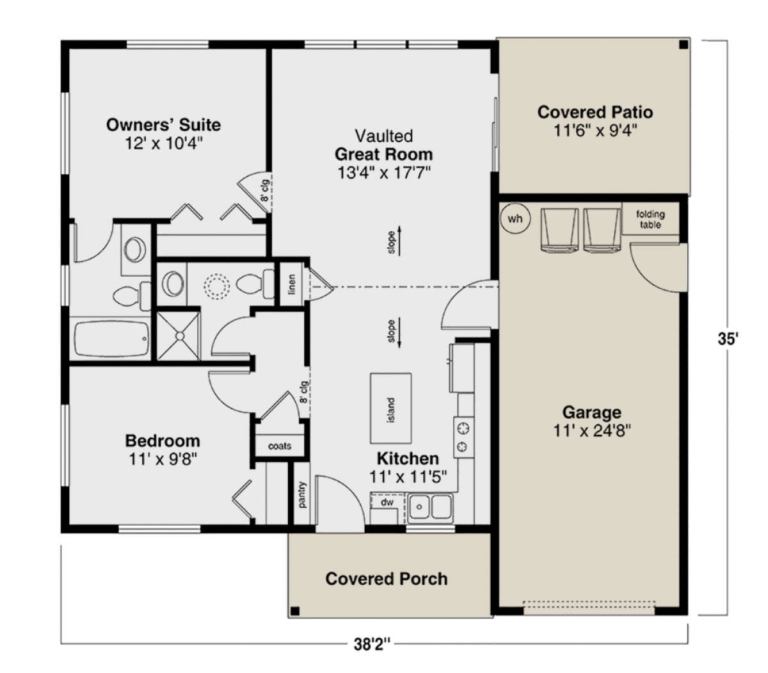
Here’s a detailed guide on how to start a Chinese Wok franchise in 2025 — what to check, what to plan, key challenges, costs, legal/regulatory steps, operations and best practices:
1. Understand the Brand & Franchise Rights
- Check if the brand offers franchises: Some brands may appear to, but might have company-owned outlets only, or be selective. For example, Chinese Wok in India has been reported in sources as not offering franchises (all outlets are company-owned).
- Evaluate the reputation & strength of the brand: customer loyalty, reviews, consistency, expansion strategy. A strong brand gives you lower marketing costs, higher footfall.
- Get clarity on territory rights: whether you get exclusive rights in your area, what kind of outlet type (QSR, food court, dine-in etc.), duration of the franchise agreement.

Also read: Akshay Kumar Biography
2. Financial Planning & Investment
- Initial investment: In India, costs for Chinese food / wok-type franchises vary based on size, model (food court / fast-casual / dine-in). For Chinese Wok brand, the estimated investment is around ₹20,00,000 to ₹30,00,000 for a dine-in model.
- Break that down:
- Franchise fee (entry/license fee) ≈ ₹5,00,000 + GST.
- Kitchen & cooking equipment
- Interiors & furniture
- Civil works & setup
- POS, signage, marketing, licensing, miscellaneous.
- Recurring costs: royalties, rental, salaries, utilities, raw materials, maintenance.
- Revenue projections: estimate footfall, average ticket size, sales per day, months to break even.
3. Location & Format
- Choose your format (QSR, food court, dine-in, takeaway / delivery, cloud kitchen). Fast-casual or food courts have lower space and lower overhead.
- Space required varies: small food court stall or kiosk might need 200-250 sq ft; full-dine-in might need 500-1000+ sq ft. Depends on model. E.g. some franchises ask for 200 sq ft, others 400-900 sq ft.
- Footfall & visibility: markets, malls, busy streets, areas with good delivery potential. Rent is a big cost, so maximize visibility & customer access.
4. Legal & Regulatory Requirements
- Business registration: register your entity (Pvt Ltd, LLP, sole proprietorship etc.).
- Licenses needed:
- FSSAI food license/regulation.
- Trade license from municipal corporation.
- Fire safety certificate.
- Health / sanitation / pollution control (if applicable).
- Shop & Establishment license.
- GST registration.
- Lease agreements: negotiate favorable lease terms, rent-free period, fit-out period etc.
5. Operations & Supply Chain
- SOPs (Standard Operating Procedures): recipe consistency, food safety, hygiene, customer service.
- Staffing: chefs trained in wok techniques, kitchen staff, front of house, cleaners. Franchisors often help with training.
- Suppliers: for sauces, raw materials, fresh produce, packaging etc. Quality and consistency are essential. You might get benefit from centralized procurement through franchisor.
6. Marketing & Branding
- Leverage the franchise’s brand, layout, signage, menus. Ensure brand consistency (colors, logos, uniforms, packaging).
- Local marketing: grand opening promotions, digital presence (social media, delivery platforms like Zomato/Swiggy etc.), local advertising.
- Loyalty, offers, combos, seasonal dishes to attract repeat customers.
7. Franchise Agreement & Legal Contract
- Read carefully the contract: tenure (commonly 3-5 years), renewal conditions, territory/exclusivity, royalty % (on gross or net sales), marketing fee, support provided.
- Royalty & revenue share: what % of sales you must pay, whether there are minimum guarantees.
- Training / support: how much support the franchisor gives (initial training, ongoing support, supply chain, quality audits).
8. Risk Assessment & Exit Strategy
- Risks: changing consumer tastes, competition, rising raw material / labour costs, rent escalation.
- Mitigation: keep offerings fresh, monitor costs, control waste, diversify (delivery + dine-in etc.).
- Exit strategy: if you want to sell or hand over the franchise later, what are the conditions? Is resale allowed by franchisor etc.
9. Implementation Timeline
Here’s a rough timeline for setting up:
| Phase | Activities | Duration |
|---|---|---|
| Feasibility & negotiation | Brand research, site visits, franchise agreement | 1-2 months |
| Legal / licensing / permits | Business registration, licenses, lease | 1-2 months (can overlap) |
| Construction / fit-out | Interiors, kitchen set-up | 1-2 months |
| Staffing & training | Hire staff, train, trial runs | 2-4 weeks |
| Marketing & launch | Pre-launch promo, opening events | 1-2 weeks before launch |
| Operations ongoing | Monitor sales, feedback, adapt | continuous |
10. Why 2025 is a Good Time & What Trends to Leverage
- Increasing demand for fast and convenient Chinese / Indo-Chinese / wok-style food among younger consumers in metro and non-metro cities.
- Growth of delivery platforms reduces dependence strictly on walk-ins.
- Health & “food-with-a-twist” trends: offering healthier options (less oil, more vegetables, maybe gluten free or vegan choices) can differentiate.
- Use of technology: POS systems, digital ordering, delivery, inventory tracking.
Also read: https://neutralnewsreport.com/how-to-start-tea-business-in-india/






